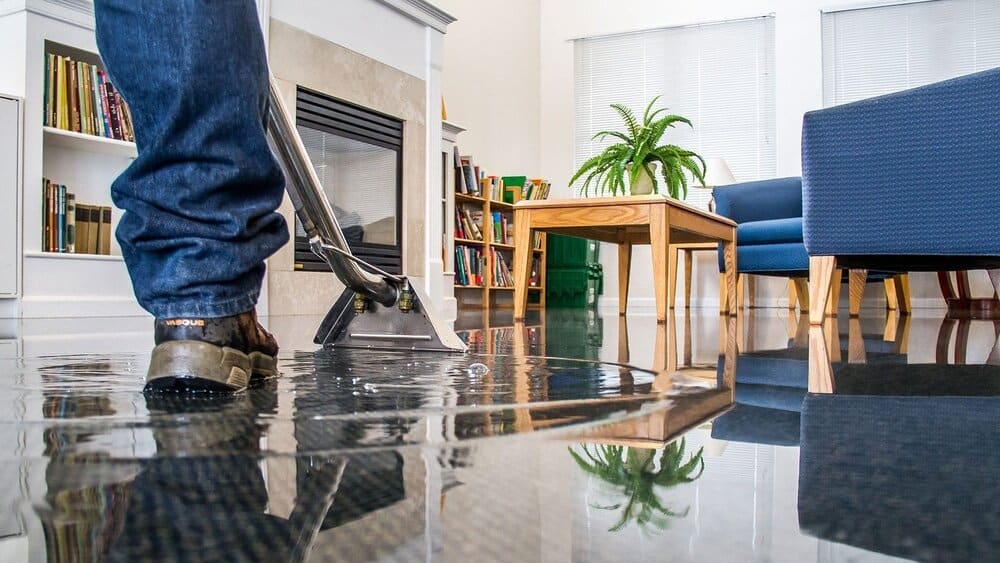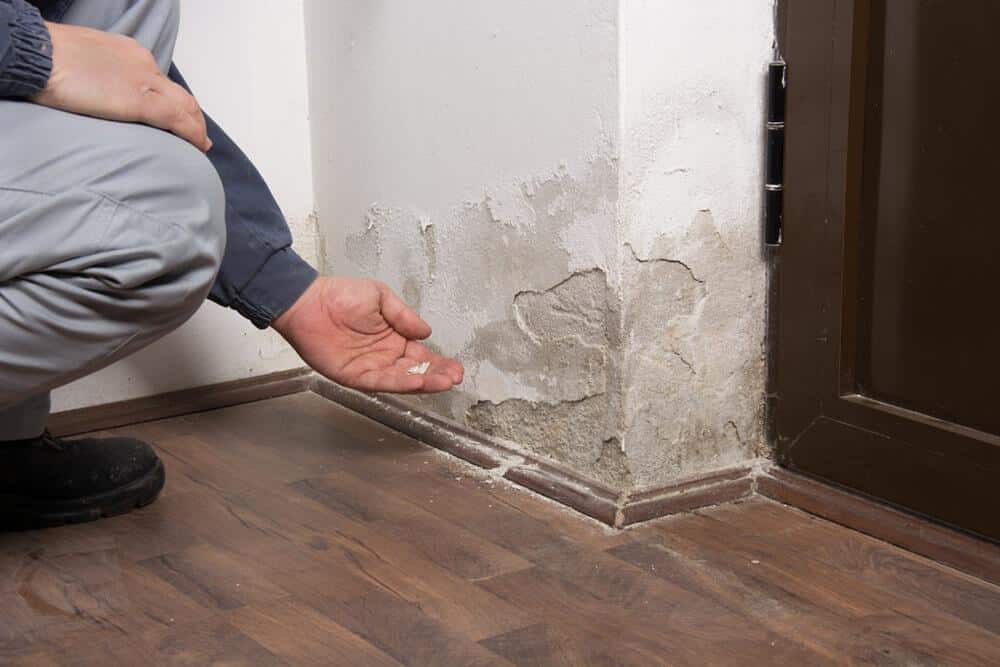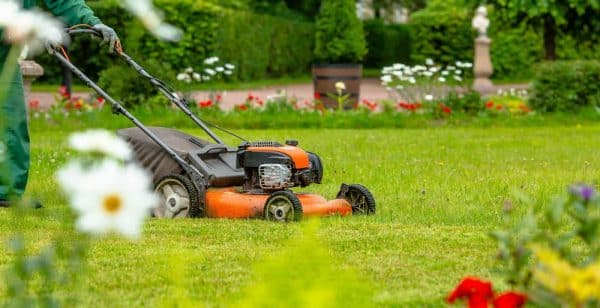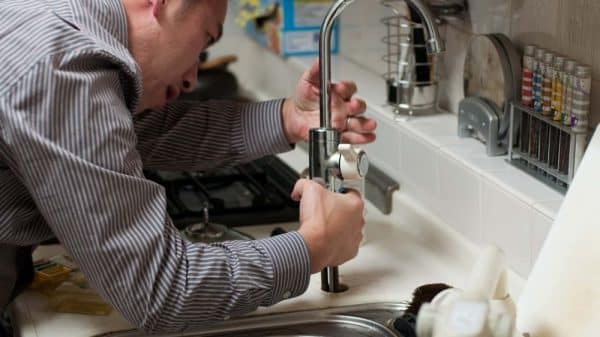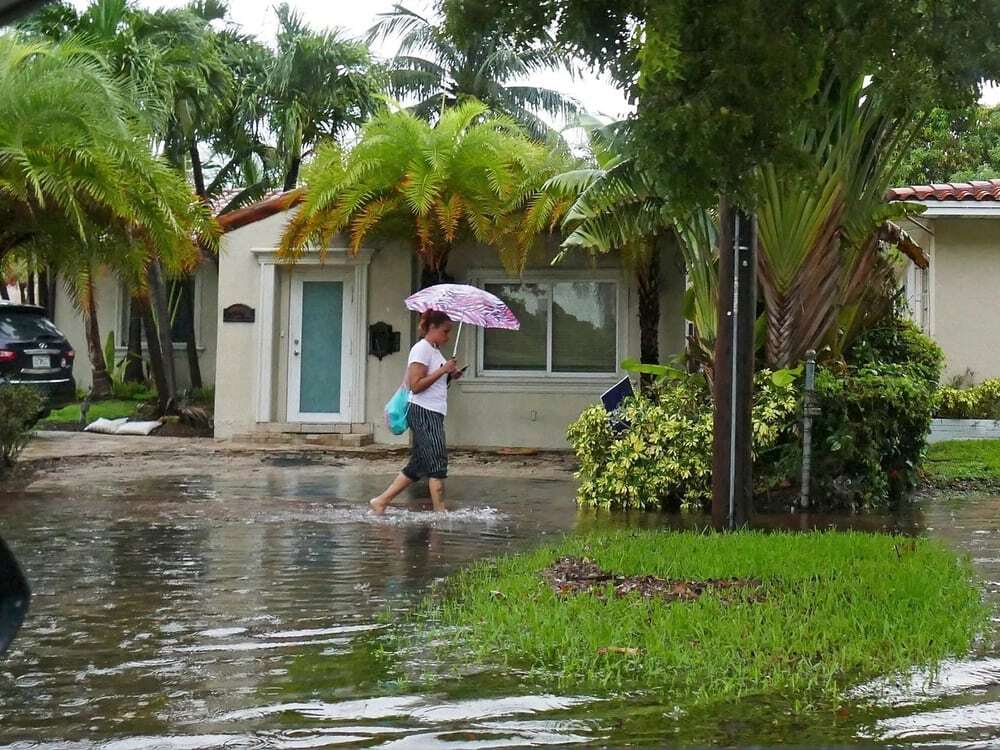
Did you know that, every year, floods cause more damage than hurricanes and tornadoes combined? Despite being so common, however, cleaning up after water damage is anything but easy. When faced with such challenges, it’s crucial to seek guidance from a reputable water damage restoration company to ensure adequate cleanup and restoration. And, in such cases, where do you even begin?
There are several things you should know and pay attention to when it comes to water damage cleanup. If you follow all our tips and tricks, you should be able to fix everything up quickly. Worst case scenario, you’ll know when and where to ask for help.
Initial Steps in Cleaning After Water Damage
1. Make Sure It’s Safe
You can’t (and you definitely shouldn’t) risk your or the safety of your loved ones. So before you dive in (hopefully, only figuratively), make sure you won’t be in any immediate danger if you enter your home.
2. Assess the Damage
It is crucial that you are careful around all appliances, electrical equipment, and gas lines. If you see that they have been damaged even a little bit, it is best that you contact a professional. As we already mentioned, you don’t want to risk it and get injured.
If it’s safe for you to go in, start by checking your walls, carpeting, wooden furniture, floor coverings, and anything made of plaster. If your wooden or padded furniture is badly damaged, you will probably have to dispose of it immediately. Though it is unfortunate, not everything can make it, and you need to act quickly so nothing else gets damaged.
3. Clear Up Your Path
After you’ve gotten rid of anything that was damaged beyond repair, it is time to start your flood cleanup. Do so by getting out any excess water, mud, and dirt still inside the rooms. Doing so will help you move around easier, and you’ll have less to clean up later on.
Cleaning Your Walls and Floors
If you’re wondering how to soak up water from your carpet, here’s a suggestion — use a wet/dry vacuum. It has proven to be of great help in getting any lingering water out of carpeting or floor coverings. If you don’t have one, you can either rent it or hire a professional to come in and do the drying for you.
After vacuuming, it is time for steam-cleaning your carpets. This method is by far the best and most efficient, and it will most likely save your carpet. However, if the carpet has soaked up too much water, a steamer might not be enough, and you’ll have to get a new carpet.
Water damage cleanup procedures for your walls are similar to those for the carpets. A wet/dry vacuum will be helpful, as well as lots of ventilation.
Don’t Forget to Check the Basement
If you live in a house, there’s a good chance your basement turned into a swimming pool from hell.
Just like with all other rooms in the house, first make sure it’s 100% safe for you to go in. If the water isn’t too deep, you might be able to get it out with the help of a bucket. However, if it looks more like a pool, then you might need to hire a professional with a water pump.
Once the water is gone, you can pretty much do the same thing you did in all the other rooms.
Disinfect and Clean
Water damage can cause bacteria, viruses, mold, and mildew to form on your walls, carpets, floor coverings, as well as your furniture. Though you can use any disinfectant you can find, using one made specifically to treat water damage might be the best option. After you’ve diluted the disinfectant, spray everything, from your walls and floors to all your furniture and carpets.
Leave it to sit for up to half an hour, and then clean everything using a washcloth. Make sure you cover everything thoroughly and that no disinfectant remains anywhere.
Lastly, apply a product that can prevent mold growth. Spray it on your walls, floors, and furniture, and leave it like that. Make sure you follow package directions.
How Long Does It Take to Dry Out a House After a Water Damage?
Ventilating is an important part of cleaning up after water damage.
You can use fans to speed things up, preferably paired with a dehumidifier. People usually wonder how long to run a dehumidifier, and most professionals agree that about 24 hours is the minimum.
If possible, also open up all your doors and windows so fresh air can circulate and the drying process is quicker.
Don’t Be Ashamed to Call in the Pros
If you’ve managed to go through all the steps above, kudos to you! However, cleaning up after water damage doesn’t end there. You can expect many more repairs, some of which you won’t be able to handle on your own. When that happens, don’t hesitate to look for a reputable water damage restoration company. They will make sure to give you your home back in so much as the blink of an eye.

